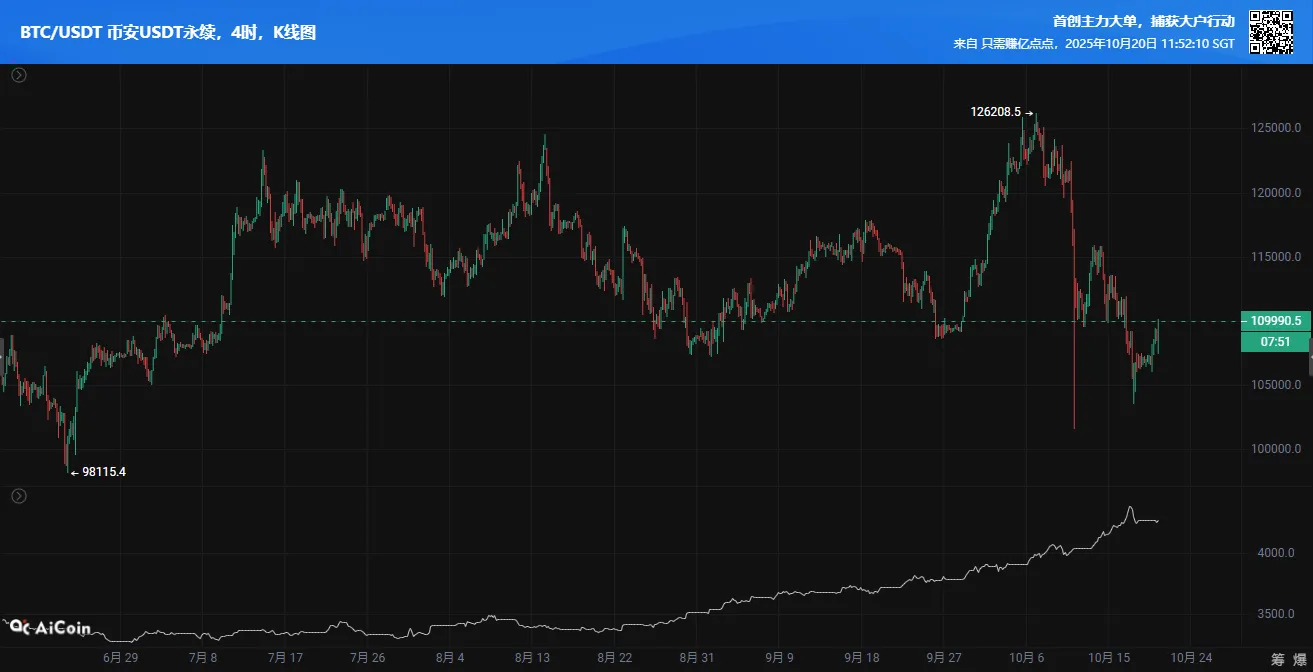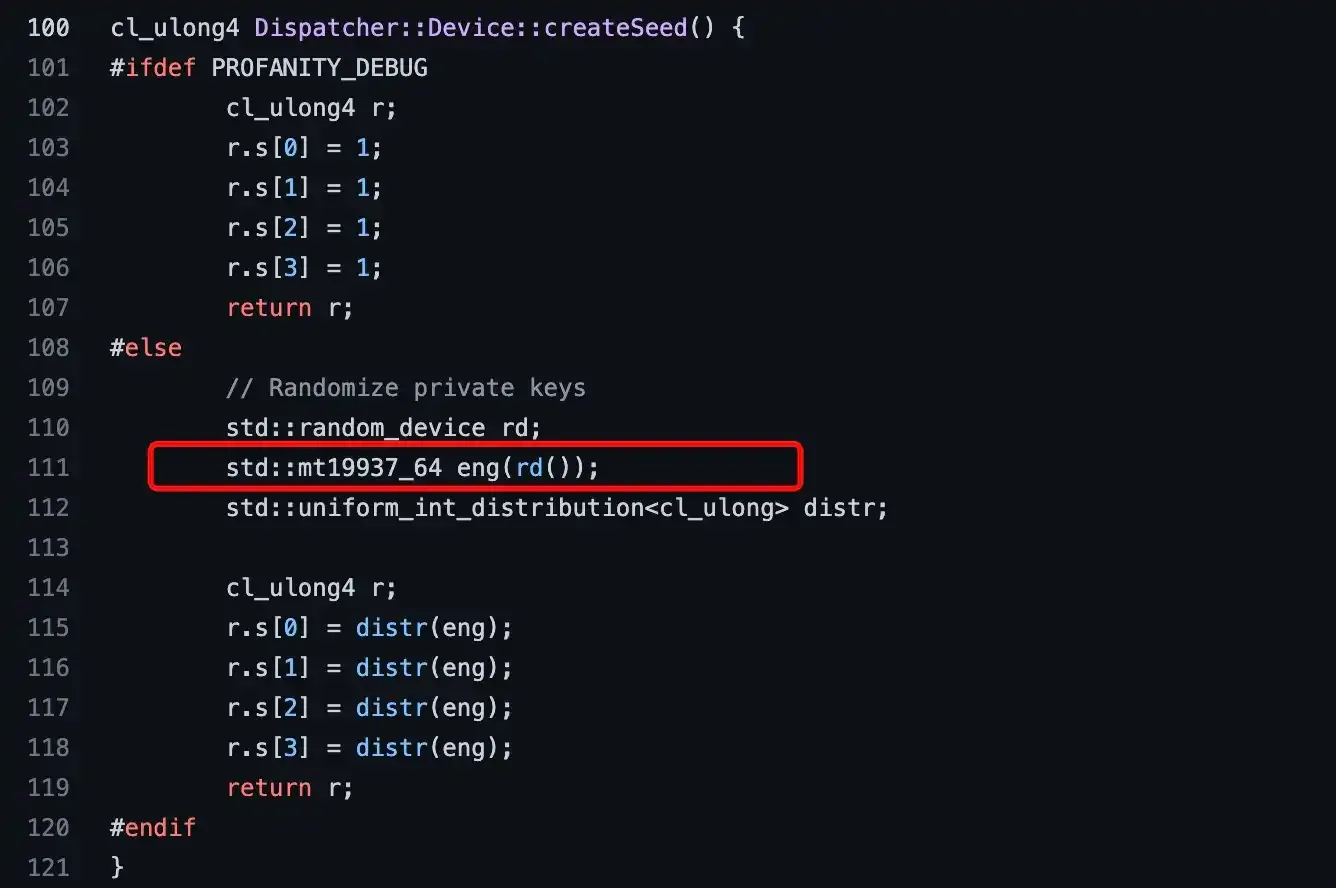Written by: cryptoslate
Translated by: Blockchain Knight
As the U.S. government shutdown continues, now is a good time to take a step back and examine a key decision by the SEC (Securities and Exchange Commission).
This decision may impact innovation in the cryptocurrency industry, financial advisors, and ordinary investors for years to come.
Recently, the SEC made a low-profile yet milestone change: it approved a universal listing standard for cryptocurrency exchange-traded products (ETPs).
This means that exchanges can list eligible cryptocurrency ETPs without having to submit individual rule applications for each one. This structural change ends years of uncertainty where ETPs needed to be "reviewed on a case-by-case basis."
The significance of this development cannot be overstated; it should be ranked among the major breakthroughs in the industry, alongside the launch of Bitcoin futures on the Chicago Mercantile Exchange (CME) in 2017, Coinbase's debut on Wall Street in 2021, the Ethereum Merge in 2022, and the approval of spot Bitcoin ETFs in 2024.
The following four reasons determine that this new regulation marks a watershed moment for the cryptocurrency industry:
1. Shorter Cycles, New ETPs More Feasible
Previously, each ETP had to go through the SEC's lengthy review process, which could take up to 240 days. Under the new rules, new products that meet preset standards can be launched in as little as 75 days, which is considered "light speed" in terms of regulatory processes.
This adjustment reduces uncertainty and holding costs for issuers, which is crucial: launching an ETP requires actual capital and resources, and costs such as seed funding, legal/registration fees, listing costs, and ongoing marketing expenses can accumulate while the application is in a state of uncertainty.
The shortened review cycle makes more strategies economically feasible, and the pipeline for ETP products will also expand.
It is expected that under this simplified framework, a large number of spot token ETPs will be launched, including not only Bitcoin (BTC) and Ethereum (ETH) but also other cryptocurrencies like SOL and XRP.
For an industry that has long been mired in review deadlock, this is undoubtedly the sound of the "starting gun."
2. Financial Advisors Can Finally Include Crypto Assets in Portfolios
Previously, incorporating cryptocurrencies into traditional portfolios faced many obstacles. Although a few Bitcoin and Ethereum funds emerged in the past two years, many mainstream brokerages and registered investment advisors (RIAs) still shied away from cryptocurrencies.
A typical example is Vanguard, which has an asset management scale of $10 trillion and has consistently refused to provide clients with investment channels for spot Bitcoin ETFs.
This conservative stance has left countless investors as mere "bystanders," and has provided financial advisors with almost no compliant options for cryptocurrency allocation.
The SEC's new rules have opened the door for these investors and advisors. With the simplified listing path for diversified cryptocurrency ETPs, advisors can finally provide clients with cryptocurrency exposure similar to index funds through familiar platforms.
Within 48 hours of the new rules being announced, Grayscale Investments received approval to transform its "Digital Large Cap Fund" into the "Grayscale Crypto 5 ETF."
Although this product is still in a suspended state and can only begin trading after final approval, this transformation allows its clients to invest in a basket of assets composed of the five largest cryptocurrencies by market capitalization.
With such products, wealth managers can now allocate cryptocurrencies as easily as they would allocate to S&P 500 index funds or gold funds.
In fact, the "normalization" of cryptocurrencies in standard brokerage accounts means that retirees can hold digital assets alongside stocks and bonds in their Individual Retirement Accounts (IRAs).
Registered investment advisors (RIAs) can also incorporate cryptocurrencies into asset rebalancing strategies without complex operational processes or compliance challenges.
3. Regulated ETPs Promote the Integration of Crypto and Banking
In addition to enhancing accessibility, this development deepens the integration of cryptocurrencies with traditional finance.
When digital assets are housed in regulated product vehicles, they can integrate into the existing financial system in a more robust manner.
JPMorgan, which has long been skeptical of cryptocurrencies, recently announced that it will accept cryptocurrency ETF shares as collateral for loans, similar to the margin loan model that uses stock ETFs as collateral.
As more ETPs are included in standard custody and reporting systems, banks will be more willing to provide loans secured by these assets.
The ability to use cryptocurrency holdings for collateralized borrowing positions cryptocurrencies as "active participants" in the banking and credit markets.
Today's cryptocurrencies are no longer isolated; they are gradually becoming one of the pillars of the financial system, much like stocks or U.S. Treasury bonds.
4. Clear Rules Foster a New Wave of Innovation
Perhaps the most noteworthy change in this reform is the adjustment of core regulatory concepts.
After years of uncertainty, U.S. regulators have finally signaled that cryptocurrencies should be integrated into the existing financial system rather than being placed outside of it.
SEC Chairman Paul Atkins has launched the "Cryptocurrency Initiative," directing the SEC to clarify relevant provisions of securities law to pave the way for the market's migration to on-chain.
This top-down clarity of objectives injects momentum into innovation. When businesses have clear regulatory boundaries, they can advance their operations with greater confidence.
Currently, traditional financial institutions and startups are beginning to compete to launch products based on the updated rules, ranging from multi-asset index ETPs to experimental yield-bearing token funds.
The results of this transformation will not only lead to the emergence of new ETPs but will also serve as a test of U.S. competitiveness. In the future, we may see tokenized real estate ETFs or other thematic cryptocurrency products.
If the U.S. establishes relevant rules, innovation will take root here; if not, it will flow overseas. By quickly integrating cryptocurrencies into mainstream financial products and clearly supporting a "chain-based future," the U.S. government is ensuring that the country remains "competitive" in the cryptocurrency space and may even reclaim its leading position.
This rule adjustment is one of the most significant changes in the cryptocurrency industry in recent years.
It is not only about the ETPs themselves but also signifies that cryptocurrencies are recognized as a legitimate component of modern investment portfolios.
For financial advisors, this means they have a more comprehensive ability to meet client needs; for investors, it brings more choices and convenience; for innovators, it marks the U.S.'s return to the cryptocurrency race.
The process of integrating cryptocurrencies into the everyday financial system has been long, but this process has now officially begun—driven by clear and defined rules, its pace is accelerating.
The path to a truly on-chain financial system has been opened, and at least from my perspective, the outlook is optimistic.
免责声明:本文章仅代表作者个人观点,不代表本平台的立场和观点。本文章仅供信息分享,不构成对任何人的任何投资建议。用户与作者之间的任何争议,与本平台无关。如网页中刊载的文章或图片涉及侵权,请提供相关的权利证明和身份证明发送邮件到support@aicoin.com,本平台相关工作人员将会进行核查。




